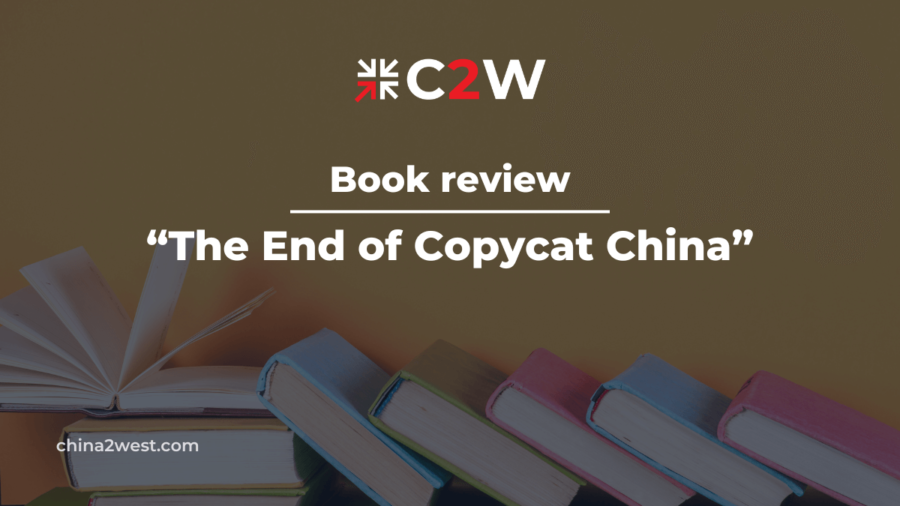The World Bank just sounded the alarm bell – that as the world’s major central banks have simultaneously raised the key interest rates to a record level trying to fight inflation, yet resulting in slowdown of economic growth, a global recession is being precipitated to occur in 2023 in tandem with possible financial crises in emerging and developing economies.
If history taught us anything, manufacturing has always been one of the industries hit the hardest by a recession. This recession will likely compromise the global supply chain even more than the last one in 2008, as our world is more interconnected than ever. On top of that, many countries are still scrambling to recover from the drastic shrinking of industrial outputs due to the pandemic.
A tendency of deglobalization has emerged way before the pandemic. A recession will likely prompt even more countries to dial back on a globalized supply chain.
What will await the global manufacturing industry?
Headwinds Still On
Politically, Donald Trump’s win in 2016 can be viewed as an official signal of deglobalization, preceded by the Buy American Act and followed by the US-China Trade War and Brexit. Then the pandemic has taken it to the next level.
When it first ravaged China’s manufacturing sector at its onset, major economies around the world were already reexamining their supply chain, especially on China’s role, although many businesses still had no choice later but to shift their manufacturing there due to COVID turning into a worldwide health crisis.
Creating a more self-reliant and diversified supply chain have been one of the topics on the agenda in many countries, and even garnered public support.
In the US alone, reshoring manufacturing, by subsidizing domestic manufacturers and posing tariffs on countries like China, has had bipartisan backing in the current US politics.
This is not a public opinion welcomed by corporate America, which has been benefiting from outsourced manufacturing for decades, but this is how it works in a democracy. Once the idea has been planted in voters’ mind, it won’t be easily erased, especially when politicians gear up on to get votes.
Even President Joe Biden, who once contemplated removing Trump-era tariffs on Chinese goods to counter inflationary pressures, now decided to keep them while a statutory review is still ongoing, as midterm nears.
On the other side, China is still very adamant about its Zero-COVID Policy, despite increasingly immense domestic controversies.
Actually, everything seemed fine, until Omicron came along.
The variant already crippled several major manufacturing hubs there, including Shanghai, China’s economic center with the world’s busiest port.
On top of the current travel restrictions and the shaky US-China relations, the mounting uncertainties propel many international businesses, especially the western ones to reconsider their supply networks and become more conservative on outsourcing.
As much as reshoring can bring domestic benefits and avoid troubles for western businesses, but for many of them, to change a system that has been established for two decades is nothing easy.
This dilemma is still going to stay for a while.
The Eurasian Continent also factors in the current chaos. The Russia-Ukraine War is not over yet, and the EU nations, especially Germany, will thus very likely go through another energy crisis as the largest industrial country in the area relies heavily on Russia for its natural gas resources.
The world, including China, is progressively worried about where this war will go next, and what Putin may do as the last resort with the recent Russian setbacks on the warfront.
This is clearly not good news to efforts trying to create a more unified and globalized business environment.
How to Brace for Impacts
Supply chain optimization is one of the strategies businesses adopt in face of a recession, as it can directly lower cost, improve cash flow and minimize uncertain variables to develop better financial projection and planning.
Resilience is the key to a supply chain capable of riding out a recession. To build a resilient one, that’ll need efforts from many ends.
Scale Your Supply for Flexibility
A recession for sure will bring drastic change to consumer demand. In most cases, demand diminishes to a great extent. Businesses will have to triage changes of demand and supply, thus changing your production plans.
Adjustment to your production scale will have to be made in time to tackle this change, or it can be detrimental to your cash flow.
In times of a recession, cash flow determines survival.
It will be about time for a full re-evaluation of your suppliers, ranging from production capabilities and risk identification to payment terms and alternative options. Communication with your suppliers is crucial to helping you scale your production volume. Remember, you may not be the only one here with recession experience.
If possible, negotiate with your supplier longer payment terms. At this point, it is all about securing enough cash flow. For suppliers, it wouldn’t do them any good if your business failed.
Reconfigure Your Supply Chains for Market Response
Information is power. The market is more unpredictable than ever during a recession, and all you can do is keep an extra eye out on how the market changes and keep yourself updated.
Review and adjust your production plans in a timely manner according to response from customers or any changes of demand on their end. You want to keep your inventories in an adequate amount to ensure profits and cash flow.
You might as well take another look at your warehousing, logistics and transportation for any potential cost reduction. Any approach to lower long-term costs can help your go a long way by reducing debts and enhancing your monetary liquidity. Try to reach out to more shipping or logistics services and see what they can provide.
Diversify your supply networks for better cost-effectiveness. It doesn’t have to be a complete do-over, but you can keep looking into more options. That’s what big corporations have been doing for some time now already. Consider how Apple outsources different parts of manufacturing to different countries instead of solely depending on China or India.
Invest in Process Innovation and Technology
If you are doing all right financially, maybe it’s time to consider investing in technology that can make your manufacturing process more productive and efficient. Just like any other investments, you buy low and sell high. A recession can make innovation cost less, but when the world recovers, you’ll reap its benefits in a more rewarding fashion.
Digitalization of your supply chain process can be a great way for you to start with. Invest in equipment or infrastructure that can optimize manufacturing for better outputs and improved inventories. Automation is another way to go as it can significantly lower your labor costs.
The results will be a spillover, so it may not be visible right away. But when the economy recuperates and the market becomes vibrant again, the effects will be full-fledged and may even unlock new profit points. This will boost competitiveness of your business.
We all hope for the better, but we don’t always get our way. In the macro landscape of geopolitics and economy, all we can do is to be more prepared. To break an existing pattern is not easy, but the only thing that doesn’t change is change itself. Optimization of supply chain requires both experience and expertise. At a time like this, if you manage to have solutions combining strengths of different countries and industries for your supply chain, it can help you go a long way.
Check out C2W, a wholly owned British company specialized in manufacturing solutions in Asia. 17 years of servicing western companies with Asian manufacturing experience are more than qualified to help any business with supply chain solutions. Reach out to us at your earliest convenience!


